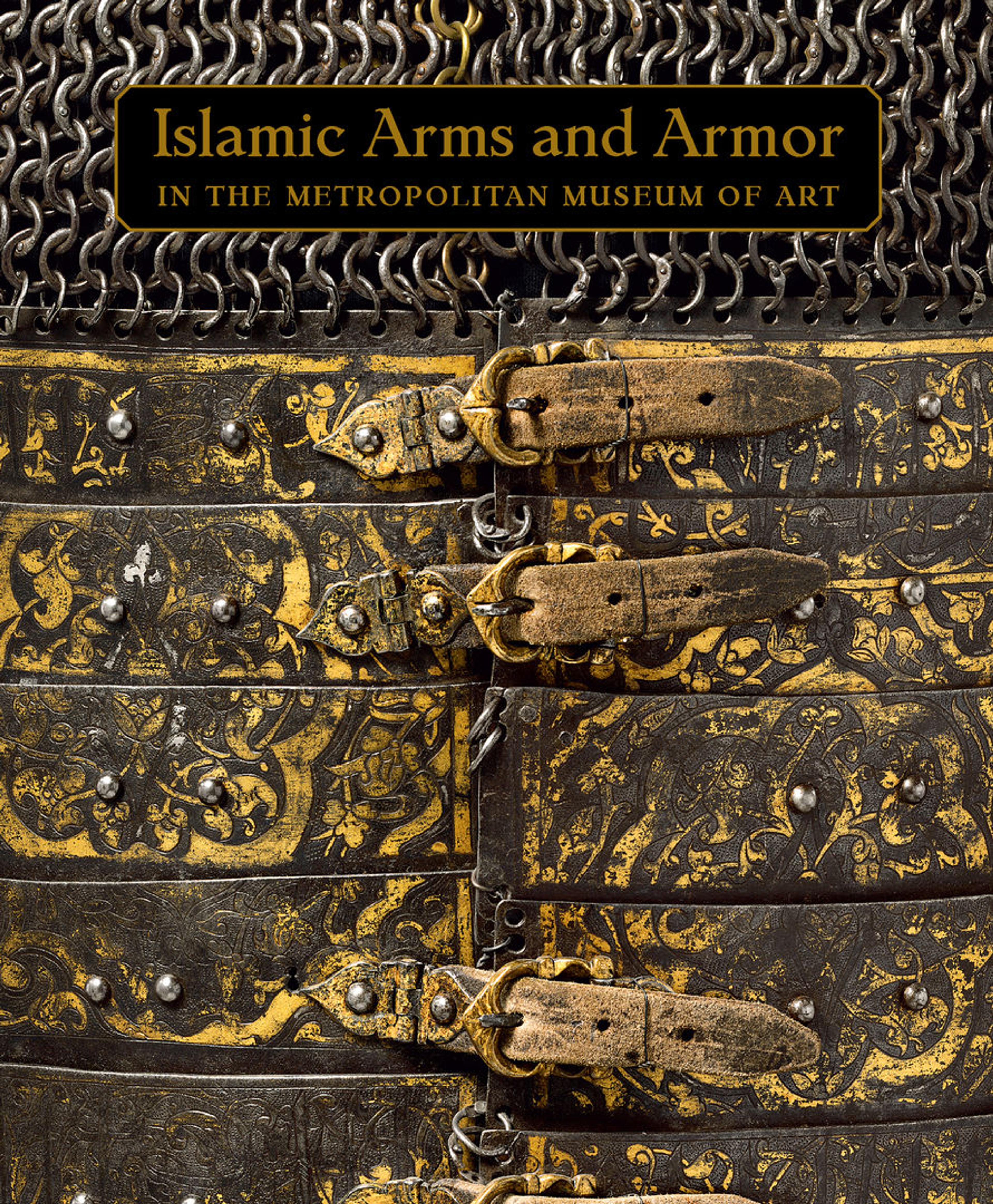Dagger with Hilt in the Form of a Blue Bull (Nilgai)
The weaponry produced at the Mughal court reflects the same refinement as other portable arts. Daggers such as this one were sometimes awarded to officers who had distinguished themselves in military victory and were worn at court as dress accessories indicating royal favor. Animal-headed hilts were especially favored, and the realism of their rendering conveys the keen appreciation for nature by Mughal artists.
On this dagger, the hilt portrays a nilgai, or blue bull, one of the most beautiful animals found in India, and terminates at the base with a leafy scroll and lotus flower. Carved from a bluish-green nephrite that approximates the color of the animal, this hilt not only demonstrates the artist's thorough mastery of hard-stone carving, but also displays a level of accuracy and sensitivity that suggest close observation of a model, perhaps one of the captive animals kept in the imperial zoo.
On this dagger, the hilt portrays a nilgai, or blue bull, one of the most beautiful animals found in India, and terminates at the base with a leafy scroll and lotus flower. Carved from a bluish-green nephrite that approximates the color of the animal, this hilt not only demonstrates the artist's thorough mastery of hard-stone carving, but also displays a level of accuracy and sensitivity that suggest close observation of a model, perhaps one of the captive animals kept in the imperial zoo.
Artwork Details
- Title: Dagger with Hilt in the Form of a Blue Bull (Nilgai)
- Date: ca. 1640
- Geography: Made in India
- Medium: Hilt: Nephrite
Blade: Watered steel - Dimensions: H. 15 in. (38.1 cm)
- Classification: Stone
- Credit Line: Gift of Alice Heeramaneck, in memory of Nasli Heeramaneck, 1985
- Object Number: 1985.58a, b
- Curatorial Department: Islamic Art
More Artwork
Research Resources
The Met provides unparalleled resources for research and welcomes an international community of students and scholars. The Met's Open Access API is where creators and researchers can connect to the The Met collection. Open Access data and public domain images are available for unrestricted commercial and noncommercial use without permission or fee.
To request images under copyright and other restrictions, please use this Image Request form.
Feedback
We continue to research and examine historical and cultural context for objects in The Met collection. If you have comments or questions about this object record, please contact us using the form below. The Museum looks forward to receiving your comments.
